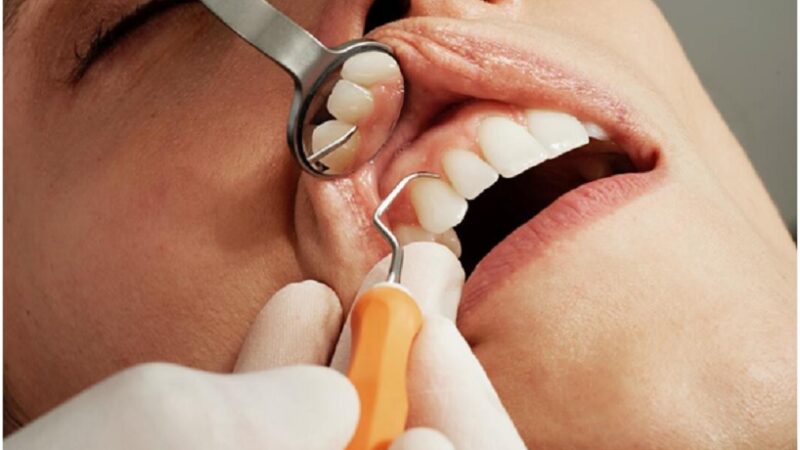Tooth loss in adulthood can be an extremely embarrassing, distressing and uncomfortable experience. Due to advances in technology, in the unfortunate event of tooth loss there are now many different options available. Dental implants Richmond are an effective and popular choice in the treatment of tooth loss.
Tooth loss can occur as a result of many different factors. Poor oral hygiene is usually the main cause of tooth loss in adults. Poor oral hygiene can result in many issues such as periodontal disease, this is a major cause of tooth loss. Other issues include cavities, tooth decay, physical injuries, accidents and other underlying health conditions such as diabetes and rheumatoid arthritis can also result in tooth loss.
The importance of the dentist in preventing tooth loss
Regular check-ups with the dentist, followed up by appointments with the hygienist are essential in maintaining good oral health. Dental hygiene techniques at home may not always be sufficient for optimal oral health, therefore the dentist and hygienist can help enhance the effects of daily hygiene routines. Professional cleaning by the hygienist can help maintain healthy teeth, whilst regularly visiting the dentist can also ensure that any issues are detected early on and are therefore more easy to treat and have less detrimental effect on the surrounding teeth and dental structures. Visiting the dentist is also important at the first sign of any issues such as bleeding gums, sensitivity or toothache, to ensure that any issues are treated quickly to prevent tooth loss in the future.

Dental implants in the treatment of tooth loss
Dental implants have now become a well-established and increasingly popular choice of tooth replacement therapy for dentists and patients. They are small components made up of titanium which become permanent fixtures in the mouth, as they are designed to fuse with the alveolar bone providing reliable and strong support for a replacement tooth or even a full set of teeth according to individual requirements. The implant is fitted into the socket of the bone from where the original tooth has fallen out, and therefore becomes a replacement root for the new tooth. Osteoblasts, which are bone cells, grow around the implant and therefore it becomes embedded in the bone of the jaw in such a way that it becomes a part of the bone. This process can take many weeks or months from when the implant has been inserted into the bone for it to successfully become permanently fused as part of the bone. After a full examination of the integration of the implant, a small connector post which is known as an abutment, needs to be attached to the implant. The function of the abutment is to attach the new tooth securely in place so that it looks and feels like a natural tooth.
Prosthetics, which are tooth substitutes designed for tooth loss, can be developed by making an impression of the existing teeth and using this model a crown can be designed to match the remaining teeth. Crowns are attached to the implant by fixing onto the abutment, ensuring comfort and security. Removable dentures are also used on dental implants and this is a more effective alternative to having multiple crowns according to individual needs and personal preference.









